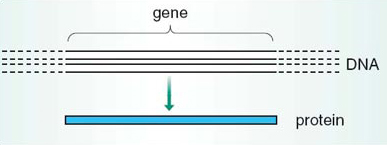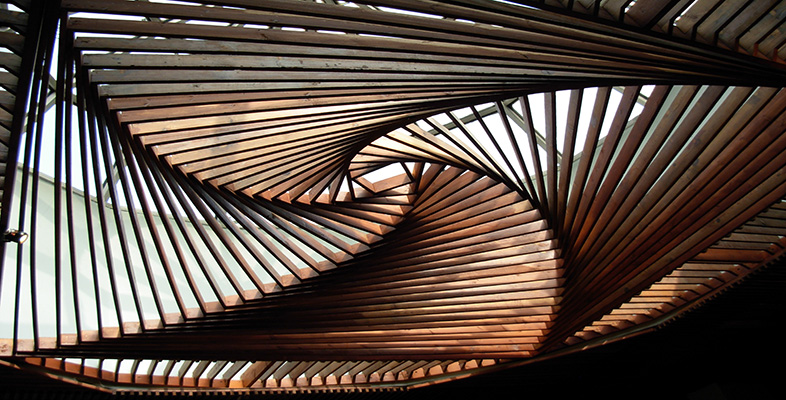2 One gene–one protein
A gene is a short section of a long DNA double helix molecule, which comprises a linear sequence of base pairs.
SAQ 1
What is the basic (primary) structure of a protein?
Answer
A protein is a linear sequence of amino acids.
There is a direct and specific relationship between the linear sequence of base pairs that makes up a gene, and the linear sequence of amino acids in a protein molecule. This relationship, presented in a very simplistic manner in Figure 1, is known as the one gene-one protein hypothesis. Each gene codes for a different protein. Thus the gene for haemoglobin specifies the protein haemoglobin, and the gene for myoglobin specifies the protein myoglobin. How the DNA sequence of a gene gives rise to the protein, i.e. how the protein is synthesized, is the subject of the rest of this course.

Video: Click to view clip on the one gene-one protein hypothesis
